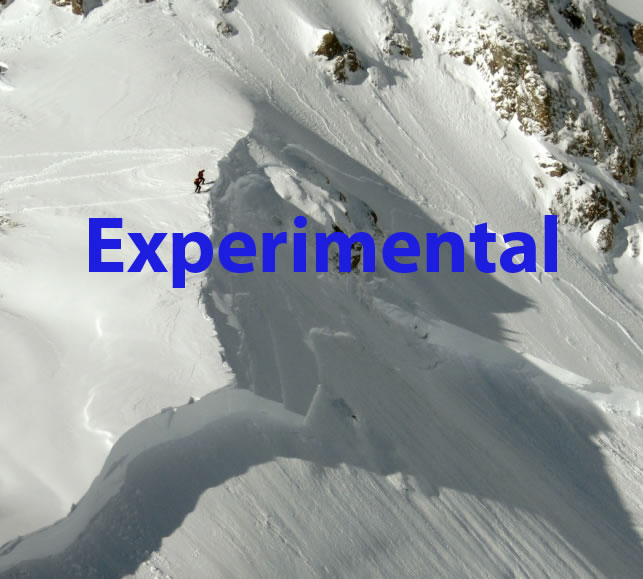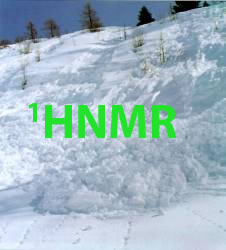
Here are some things you may want to have in order to be prepared for an avalanche:
The common shovel or ice pick: Used to PICK your way out of snowy situations
 |
Avalanche cords: Can help you latch on to an object so that you can find your way out
 |
Beacons: Used to draw attention to where you may be trapped
|
![]() Original Citation:
Original Citation:
Hart, F.A.; Mann, F.G. J. Chem. Soc. 1957, 2828-2830.
*There was no volume number listed.
![]() Citations Related To This Mechanism:
Citations Related To This Mechanism:
Potapov, V.M.; Demyanov, V.M.; Terentev, A.P. Journal of General Chemistry USSR 1965, 35, 1346.
Palmer, J.A.L.; Wild, S.B. Inorg. Chem. 1983, 22, 4054-4059.
Salem, G.; Schier, A.; Wild, S.B. Inorg. Chem. 1988, 27, 3029-3032.
![]() Conclusions about the mechanism from Salem, et al.’s article:
Conclusions about the mechanism from Salem, et al.’s article:
The mechanism (+)-78 to (+)-79 deals with what effect selectivity has on the reactivity of a product. The scheme that mechanism (+)-78 to (+)-79 is in is described as an enantioselective synthesis. The article Rearrangements of Tetrahedral Copper(1) and Silver( I) Complexes Containing Chelating Bis (tertiary arsines and phosphines), published in Inorganic Chemistry in 1988 talks about the importance of enantiomers and diastereomers in terms of gold (I), copper (I) and silver (I). This experiment describes that between diastereomers, ligand redistribution occurred within the same timing of mixing enantiomers of the same mixture. In the mechanism of (+)-78 to (+)-79, the optical rotation of a product formed from (+)-79 was both larger and in the opposite direction than predicted in other journals, but with the information in the Inorganic Chemistry journal, this enantiomeric synthesis can be explained. Both of these experiments involve inversion at one of the tetrahedral centers, with the subsequent formation of different enantiomeric products.

![]() Papers that cited Salem, et al.’s journal:
Papers that cited Salem, et al.’s journal:
Tsuboyama, A.; Kuge, K.; Furugori, M.; Okada, S.; Hoshino, M.; Ueno, K. Inorg. Chem. 2007, 46, 1992-2001.
The authors chose to cite this because their article also discusses properties of copper (I). This experiment works with the emission properties associated with copper (I). It discusses variances with temperature as well.
Fitzpatrick, M.G.; Hanton, L.R.; Henderson, W.; Kneebone, P.E.; Levy, E.G.; McCaffrey, L.J.; McMorran, D.A. Inorganica Chimica Acta 1998, 281, 101-110.
The authors chose to cite this because their experiment works with copper (I) and silver (I). It discusses oxidisation and methylation. It also discusses ionization and electrospray mass spectrometry.
Rahman, A.; Salem, G.; Stephens, F.S.; Wild, S.B. Inorg. Chem. 1990, 29, 5225-5230.
This article characterized the (R*, R*) and (R*, S*) discussed in the original article by Salem that we cited. The article discusses the differences between the enantiomers and other diastereomers. This differences include sensitivity to air and light.





